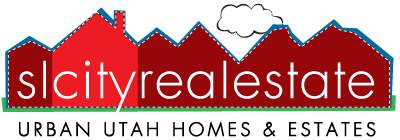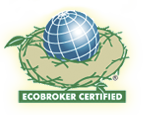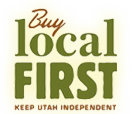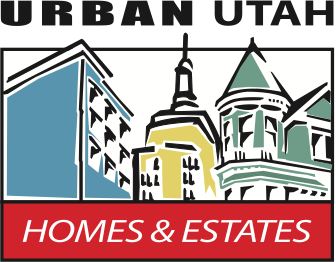The Avenues/Marmalade District
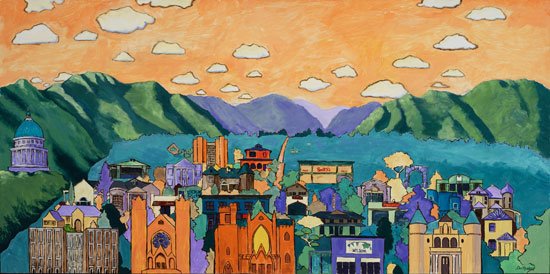
The Avenues is a neighborhood in Salt Lake City named after the perfectly grid-like, closely laid out roads called Avenues and Streets. First surveyed in the 1850s, the Avenues became Salt Lake City’s first neighborhood. Today, the Avenues neighborhood is generally considered younger, more progressive, and somewhat “artsy” when compared to other neighborhoods. Many young professionals choose to live there due to the culture and easy commute to downtown.The Avenues neighborhood is often referred to by locals as the “Avs”.
Originally, all of the streets were named. North-south streets were named for trees, and east-west streets had names like “Fruit,” “Garden,” “Bluff,” and “Wall” (for what are now 2nd through 5th avenue respectively.) By 1885 the north-south streets gained their current alphabetical designations (A Street through V Street, although V was turned into Virginia Street.) However, the east-west streets were still known as Streets. They were not retitled into Avenues until 1907. Up until that time, the area was known as “the dry bench” because it lacked water.
Until 1884, residents in the northeastern Avenues had to haul water for everyday use. Protests prompted the city to install pipelines along 6th Avenue, but those living in the higher Avenues would be without water until 1908.
The Avenues lie just northeast of downtownSalt Lake City, and just east—over City Creek Canyon—from Capital Hill. The neighborhood to the east of the lower (below 11th) Avenues is known as Federal Heights, and is traditionally thought of as beginning north of South Temple Street and East of Virginia Street. It is sometimes considered a part of the Avenues, though the neighborhood may be considered as generally more affluent than the Avenues. Above Federal Heights is a more recently developed area often called Arlington Hills. Compared to the neighborhoods to the east, the Avenues are in places quite steep as they climb the foothills to the north.
Today many homeowners are drawn to The Avenues diversity and strong community organization.
